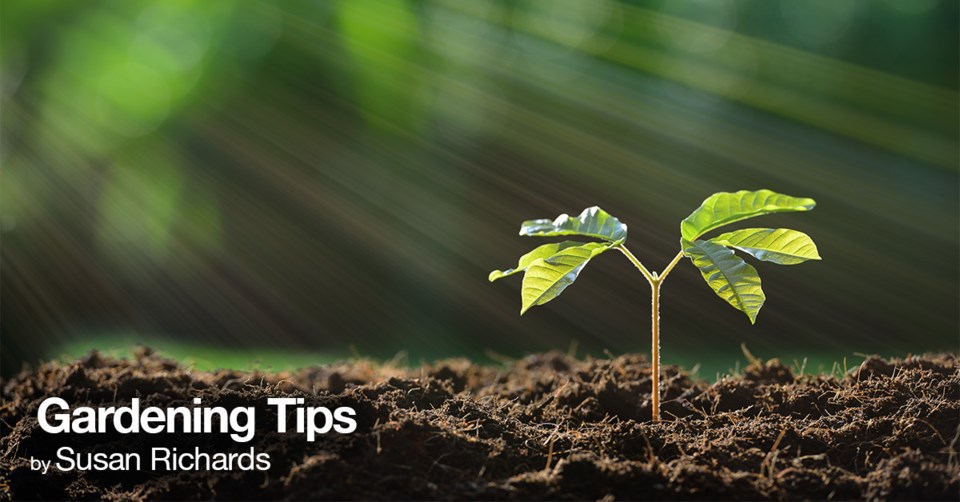This is the time of year that all the garden centres are full of people choosing plants carefully so that joy of colour can last all summer long.
I often have to disappoint a customer standing in the annual greenhouses with the news that YES, the annuals bloom all summer but NO, these plants aren't perennials that return year after year.
If you get a bit confused by which plants are which, just remember that annual flowers must be planted annually or every year.
They are the ones that DO bloom all summer when given the right conditions to grow in, adequate and consistent watering during the heat of summer and enough nutrients to keep those flowers coming right through until fall frost.
Hardy perennial flowers are a permanent part of your garden. However, the vast majority of them have a limited timeframe they bloom within. Very few will bloom all season long like an annual flower will.
When planning a perennial garden, it's important to identify the bloom time of the plants you are considering. Right now in my garden I have primroses, bleeding heart, trillium, forget-me-nots, moss phlox, lewesia and cushion spurge blooming.
Within a week or two, depending on the weather, those blooms will fade away. (Spring blooming perennials enjoy cool temperatures and unfortunately fade faster with hot weather.) Late spring and early summer perennials will bloom next, keeping my garden colourful as we head into summer.
With some attention to the details listed on plant tags as you shop for perennials, you can ensure there is an ebb and flow of colour in your perennial beds.
Then, once fall comes and the perennials start to die down, you can be assured that next spring they will pop back up from the ground to start the colour parade again next season.
Annual flowers must be re-planted every single year but the colour they provide is well worth the effort. To be successful, once again pay attention to the information provided on plant tags. Know the conditions you are shopping for so you choose the correct combination of plants that will thrive in your yard.
The most important information on the tag will relate to light conditions. A plant that requires full sun will need to be growing in an area that receives sun all day or at least from about noon onwards.
Tags may state FULL SUN, have a symbol showing a sun or be coded with a section of bright yellow which indicates sun loving plants.
A plant that thrives in part sun/part shade is one that must have at least 4 to 5 hours of morning sun to bloom well. These plants are often unhappy if exposed to the full heat of the afternoon sun.
Tags may state one of those conditions or have a sun symbol that is half blacked out. If the tag is colour coded, orange is the universal colour for part sun/part shade.
Some plants are happiest with little sun at all. Those fall in the category of shade lovers.
The symbol used for a shade plant is a sun with the centre entirely black. The color code on the tag will be purple to identify plants that will tolerate 4 hours of sun or less and never sun in the middle of the day.
Some tags will have two symbols or colours. Those plants may be tolerant of full sun to part shade or shade to part shade. There are also a few plants that will thrive in any light condition. Dragon Wing begonias are my go-to plant for growing anywhere!
Although this may should confusing, plant tags usually go a long way towards making your plant choices easier.
